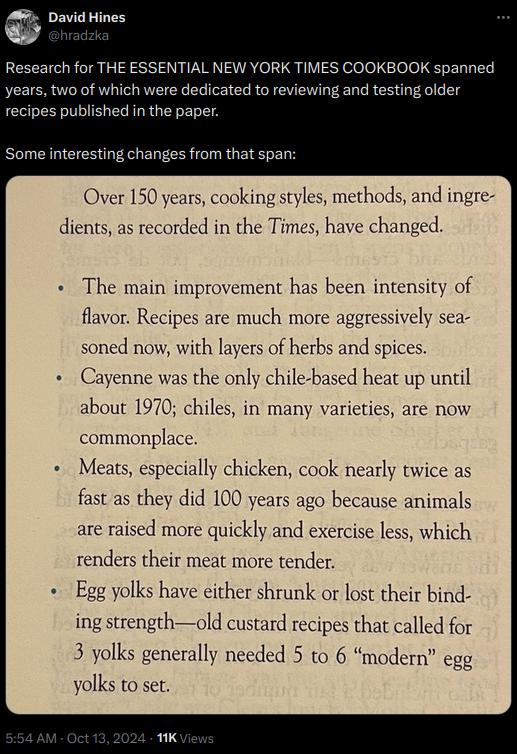Tea drinkers:
Most people use water kettles, either stovetop or electric. Some of us use realtime hot water dispensors, which are sometimes a function of coffee machines but in some rare cases they are dedicated stand-alone units.
Pros and cons to each:
stovetop water kettle on ⌁electric stove:
— slow to boil and brew
— wasteful/lossy, esp. if not induction (fuel→heat energy→steam→turbine→AC power→grid transmission→conversion back to heat energy)
— no temp control (green tea drinkers must wait for water to drop to 80°C)
+ BifL: never breaks down and generally outlives you
stovetop water kettle on 🔥gas stove:
— slow to boil and brew
+ energy efficient (fuel→transmission→heat energy); more heat loss on the stove than with electric, but still much less loss than all the electric stages
— …but all city gas pipelines are inherently leaky and unburnt gas is 25× worse for climate than CO₂ (OTOH, this leakage happens wheter you consume gas or not)
— no temp control (green tea drinkers must wait for water to drop to 80°C)
+ BifL: never breaks down and generally outlives you
⌁electric water kettle:
+ fast to boil (1m 20s to boil 25cl in my kitchen)
— …but slow to brew (brewing cannot start until all water is boiled)
— wasteful/lossy (same chain of energy losses as stovetop electric but less waste between the wall and the water)
± /some/ kettles have temp ”control”, but you have to watch it. Some exceptional units can be set to shutoff at 80°C.
+ BifL: never breaks down?
hot water dispensor (⌁electric):
— slow to boil (1m 50s according to YT video X2VdGK2t5vo)
+ …but overall faster to brew because the infusion begins instantly, and this is what matters. So what if it takes 30s longer for hot water if brewing is 1m 20s ahead of the kettle method?
— wasteful/lossy (same chain of energy losses as stovetop electric but has the least energy waste between the wall and the water as the water passes through a small heated pipe; OTOH some energy is used on the pump)
+ all appliances have true temp control, so green tea can be instantly infused with 80°C water automatically and without excessive heat
— non-BifL; it breaks! The usual electro appliance shitshow: complex design; no service manuals; no wiring diagrams; undocumented commands; booby-trapped; spring-loaded… self-destructs when disassembled; spare parts cost more than a new unit [if you can find them] because they bundle several parts together instead of selling individual components… the market seems to have abandoned the dedicated (water only) hot water dispensors
My question: after boiling water in an electric water kettle, I poured it into a glass with a meat thermometer, which went up to ~88°C. Where did the other 12 degrees go? Is it normal for water to fall so rapidly in temp, or is my thermometer dodgy?

